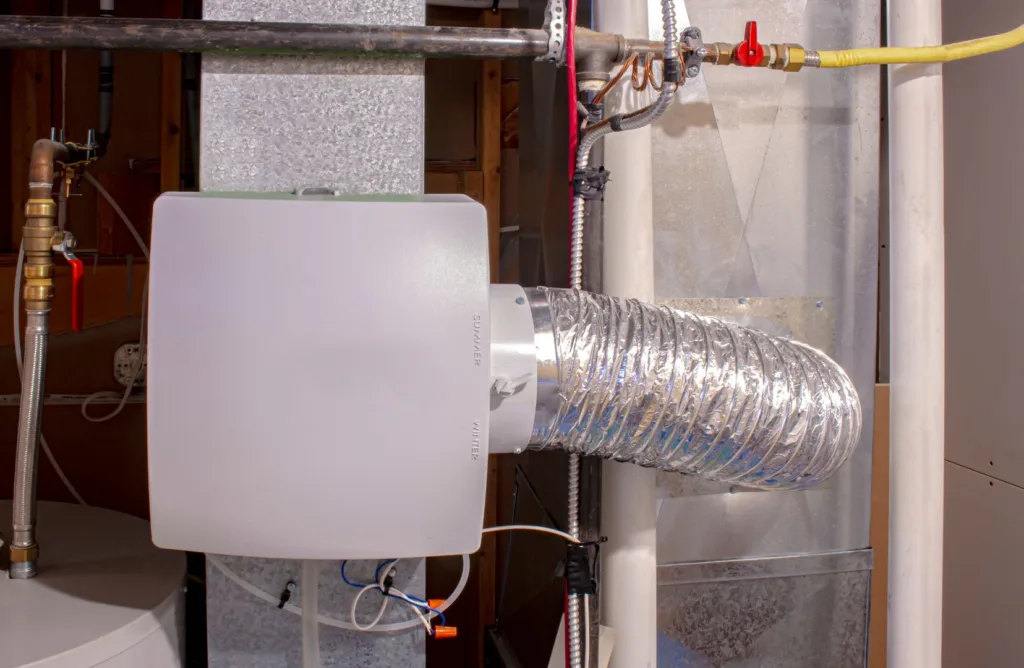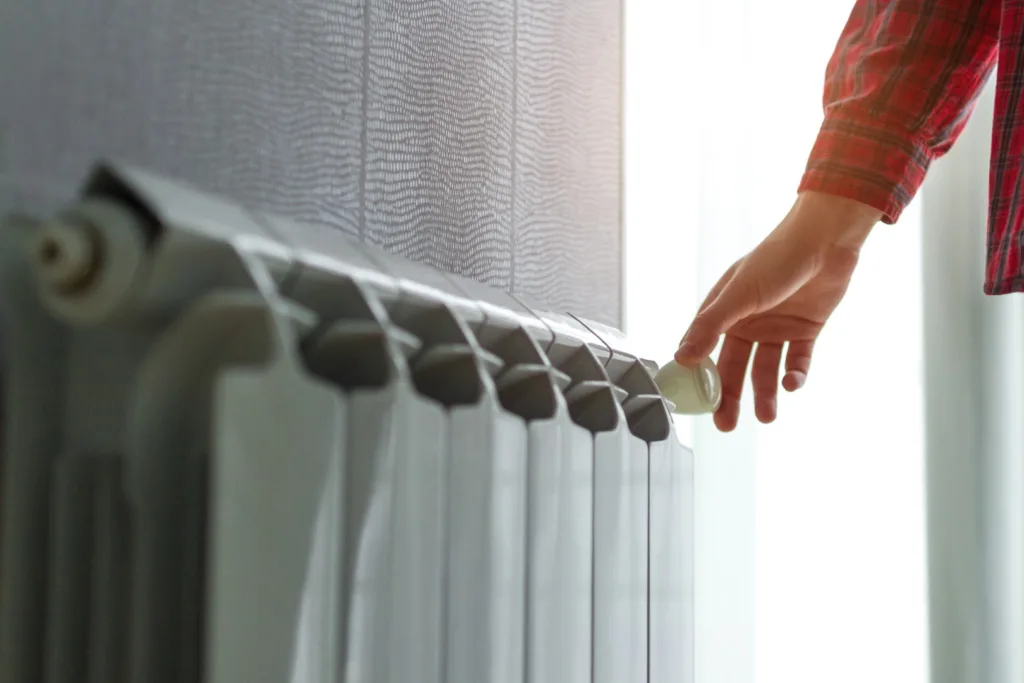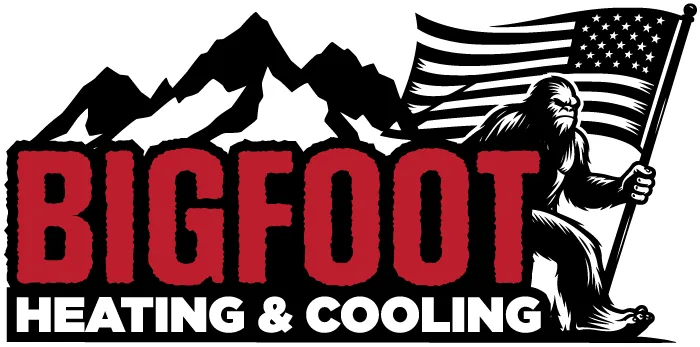
When the icy temperatures and winter snow roll in, you rely on your furnace to keep your home warm, safe, and snug. However, like any major appliance, it won’t last forever. That’s why it’s important to know the average furnace lifespan, so you can plan for maintenance, repairs, and an eventual replacement before you’re left battling the frigid cold.
The Average Lifespan of a Furnace
A furnace typically lasts between 15 to 20 years. Gas ones tend to fall on the lower end of that range, while electric ones can sometimes work beyond the 20-year mark. However, your system’s lifespan depends on factors such as:
Type of Furnace — Gas, electric, and oil units all age differently.
Quality of Installation — A poorly installed system can fail years before it’s expected to give out. Ensure fuel lines, ductwork, and the drainage system are all installed properly.
Maintenance Habits — Regular filter changes, inspections, cleanings, and tune-ups extend a furnace’s lifespan.
Environmental Conditions — Extreme temperatures or harsh climates can impact your system and its ability to heat your home.
Usage — Heavy or frequent winter use can put more wear and tear on the system.
On average, a well-maintained and properly-installed system will last at least 15 years.
Signs Your Furnace Is Nearing the End
Don’t wait for a complete breakdown before considering a replacement. Watch for these red flags:
Rising Energy Costs — An aging furnace becomes less efficient and may require more energy to produce the same amount of heat, leading to higher heating bills.
Strange Noises — Older units often make unusual noises like banging, rattling, or humming due to aging mechanics.

Inconsistent Heating — If some rooms feel sweltering and others feel icy cold, it could mean your furnace is struggling to distribute heat evenly.
Frequent Repairs — If you feel like you’ve had a mechanic over frequently in a short period of time, your unit could be reaching the end of its life.
A Yellow or Flickering Pilot Light — A healthy pilot light should be blue. A yellow or flickering flame could indicate improper gas combustion.
Visible Wear and Tear — Rust, cracks, or other signs of deterioration on the outside of the unit and ductwork can be signs of aging interior parts.
Unusual Smells —Burning or musty odors can be a sign of dangerous issues, including carbon monoxide leaks.
How to Make Your Furnace Last Longer
A little care goes a long way in protecting your investment:
Schedule Regular Maintenance — Once a year, you should schedule a thorough inspection, cleaning, and tune-up by a qualified HVAC technician. They will check for any issues and clean the unit.
Change Filters Regularly — Clogged filters can restrict airflow, forcing the furnace to work harder and possibly causing overheating. You should change the filter every one to three months.
Keep the Area Around the Furnace Clean — Dust, dirt, and debris can block airflow and cause the furnace to overheat. Ensure nothing no debris obstructs the intake or exhaust vents.
Clear Vents, Ducts, and Registers — Make sure furniture, curtains, or other items are not blocking vents, allowing for proper airflow.
Check For Duct Leaks — Leaky ducts can waste energy and cause the furnace to work overtime. Make sure the ducts stay sealed and insulated.
Maintain Proper Humidity Levels — Excessively dry air can make your system work harder. Use a humidifier to maintain optimal humidity levels.
Operate at a Consistent Temperature — Avoid drastic temperature changes, as this can also cause your unit to work harder. Make sure you set the temperature at 68 degrees at a minimum to keep the system operating smoothly.
Address Issues Quickly — When you start noticing something off, call a professional to inspect your furnace. Don’t let issues worsen and turn into expensive repairs.
When Replacement Makes More Sense Than Repair

If your furnace is more than 15 years old and needs a costly repair, it often makes more financial sense to replace it. A new, energy-efficient model can reduce heating costs, improve comfort, and give you peace of mind for years to come.
Take Care of Your Furnace, and It Will Take Care of You
Your furnace is one of the most important systems in your house during the winter, so it’s important to know its lifespan so you can plan ahead. While most last around 15 to 20 years, proper care can stretch that timeframe — and neglect can shorten it. Make sure you keep up with maintenance, address issues early, and upgrade when the time is right, so your home stays warm and safe when the temperatures drop.

Follow Us